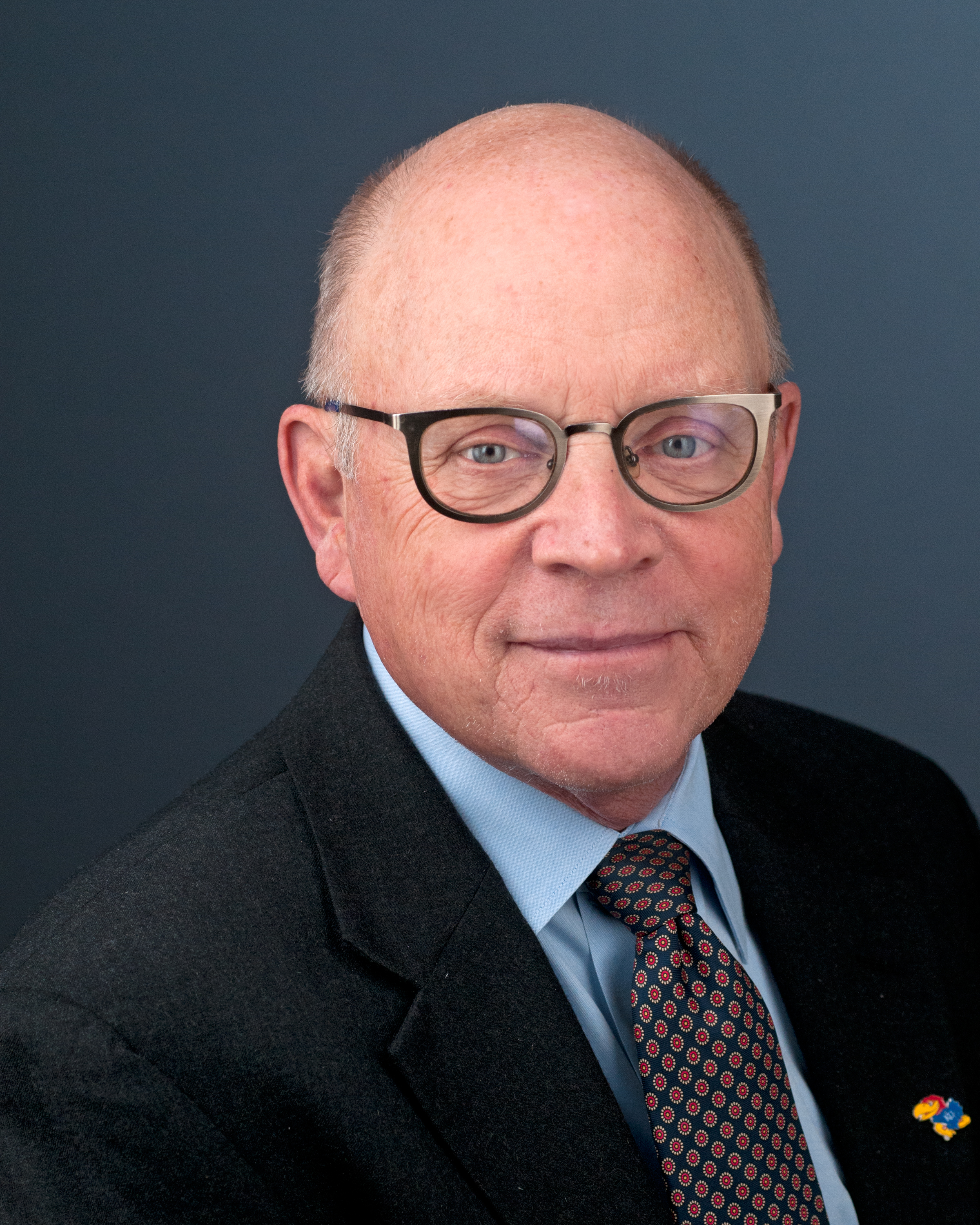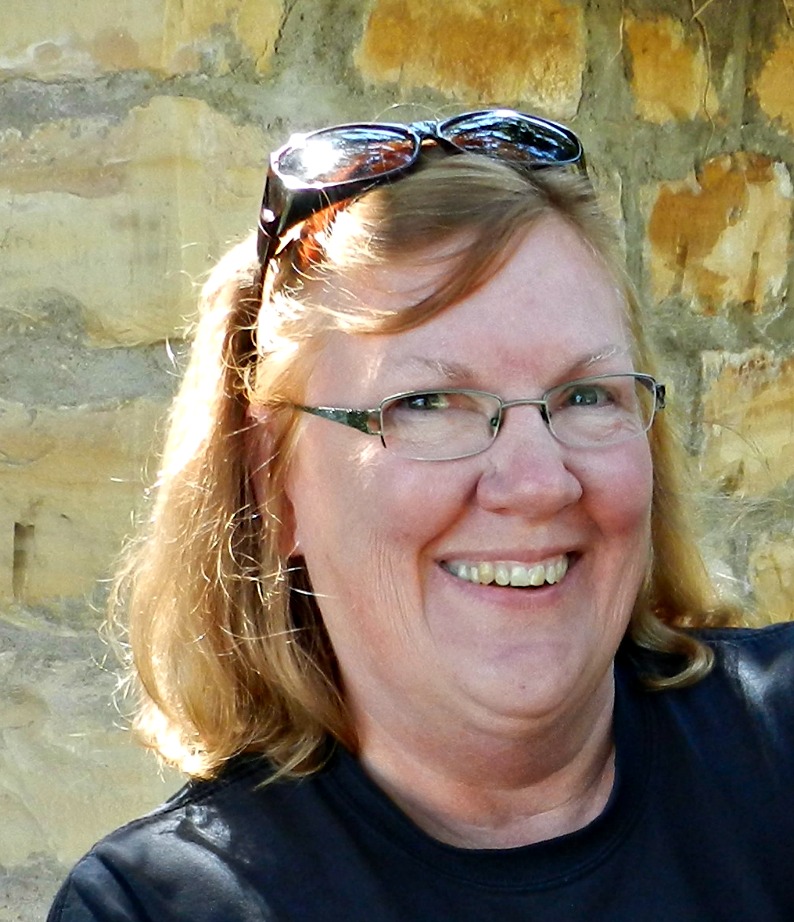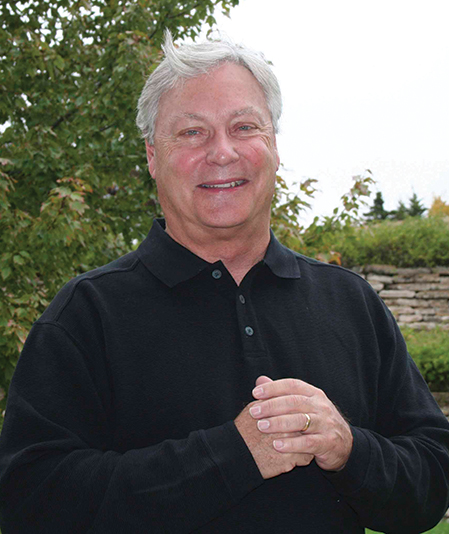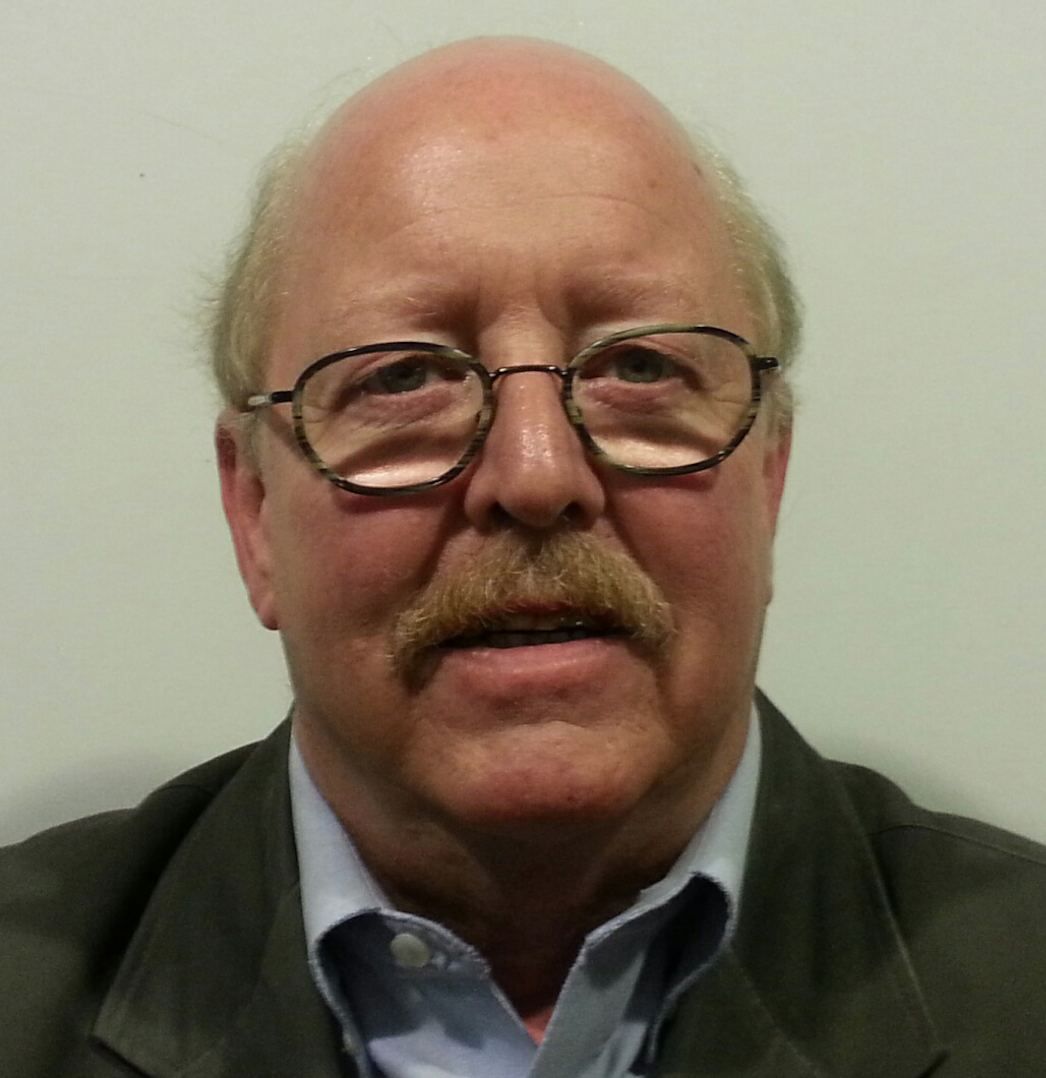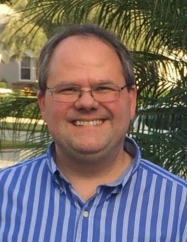
So why do all students grow up to become drivers who consistently—with a few exceptions—are good drivers? The answer is simple: real consequences.
Schoolwork mostly lacks real consequences. Children perform to make parents happy. As students, we switch to teacher consequences: gold stars to grades. Sadly, much of K–12 school is isolation in classrooms were there are few opportunities for students to respond to real consequences.
But when an A or F student gets behind the wheel, driving on the open road is no longer consequence-free. Real skill and paying attention are critical. Make a mistake and the car damage and physical trauma are real. This is not parents’ disapproval or a teachers’ lower grade. Performance in the real world has consequences. “Reality bites.”
Because mistakes in the real world can cause us real harm, our brains are wired to wake up and pay attention when real consequences are possible.
But we have recently seen an increase in car technologies that remove the driver’s responsibility. Cruise-control is nearly universal. GPS is so convenient. And recent high-end models now throw beeping hissy fits whenever your car crosses into another lane, or approaches the car in front of you too fast.
But the general public has an unease about going all the way to a self-driving or autonomous car. And rightfully so.
In March, the AAA released a survey showing that 78 percent of Americans would be afraid to ride in a self-driving car. This rate of fear is the same as found in their survey the year before. The same surveys show that drivers do not mind having some “autonomous technologies” in their cars, but that they did not want to hand over full control.
And remember how your level of safety depends on the competence of that driver coming toward you in the other lane. The AAA survey found that 54 percent of American drivers feel less safe sharing the road with a self-driving vehicle. Only 10 percent indicated they felt safer.
So if the driving population is saying “no,” why is the industry driving full speed ahead to develop self-driving cars (and loading the research costs on us)? Like much of American society, they are digitally-deluded techno-enthusiasts that assume the general public is ignorant and has to be dragged into the future.
But by focusing on the tech-glitter they miss the real problem: the dismissal of real consequences and the loss of any driving skill at all.
That difference can clearly be seen in the distinction between cruise-control and the cross-the-line and collision alert systems. When you engage cruise-control, you still must keep your attention on the road and moderate your approach to slower cars, etc. But the cross-the-line and collision alert systems actually take away your need to pay attention. The car will take care of alerting you to stay in lane and will brake if you fail to slow down.
The real consequences of an accident remain, and already a self-driving car has had a fatal accident. But full automation takes away the driver’s need to monitor and engage with reality.
We have enough experience with GPS systems to know that they can get you where you want to go, but you have no idea where you are or, if the system is turned off, how to get back.
And today, some drivers of new cars return to their dealer to ask that the cross-the-line and collision alert systems be disabled. As good drivers, they already know they are crossing the center line to pass, or had a reason to follow closely. They know that to keep these systems is not only a distraction, but relying on them will lead to a lack of attention.
When real consequences are coupled with our learning, both A and F students become A-drivers. But under the proposed self-driving future, both the A and F students will become F-drivers.



